Description
The Unsung Hero of Chemistry: Unveiling the Power of Chromium Catalysts
In the vast and complex world of chemistry, catalysts play a pivotal role in accelerating reactions and enabling the efficient synthesis of countless compounds. Among the diverse array of catalysts, those based on chromium often stand out for their unique properties and versatile applications. Often operating behind the scenes, chromium catalysts are the unsung heroes of numerous industrial processes, contributing to everything from plastics production to pharmaceutical synthesis.
This article delves into the fascinating world of chromium catalysts, exploring their key properties, diverse applications, and the ongoing research pushing the boundaries of their capabilities.
What Makes Chromium Catalysts Special?
Chromium, a transition metal, possesses several characteristics that make it an attractive choice for catalytic applications:
- Multiple Oxidation States: Chromium can exist in various oxidation states, allowing it to participate in electron transfer reactions crucial for catalysis. These states, often ranging from Cr(II) to Cr(VI), enable the catalyst to act as both an electron acceptor and an electron donor.
- Tunable Ligand Environment: The reactivity and selectivity of chromium catalysts can be fine-tuned by carefully selecting the ligands that are coordinated to the chromium center. This allows chemists to tailor the catalyst’s performance to specific reactions and substrates.
- Robustness and Stability: Chromium catalysts, especially those supported on solid materials, often exhibit good thermal and chemical stability, allowing them to withstand harsh reaction conditions and prolonged use.
- Cost-Effectiveness: Compared to some other precious metal catalysts, chromium is relatively abundant and cost-effective, making it a desirable option for large-scale industrial applications.
A Diverse Range of Applications:
The versatility of chromium catalysts is reflected in their wide range of applications across various industries:
- Polymerization: Chromium-based catalysts, particularly those developed by Phillips Petroleum, revolutionized the production of polyethylene. These catalysts enable the efficient and controlled polymerization of ethylene, leading to high-density polyethylene (HDPE) with excellent mechanical properties.
- Oxidation Reactions: Chromium oxides and permanganate are commonly used as oxidants in organic synthesis. They facilitate the oxidation of alcohols to aldehydes and ketones, as well as the oxidation of other organic substrates.
- Hydrogenation and Dehydrogenation: Chromium catalysts can facilitate hydrogenation and dehydrogenation reactions, vital processes in petroleum refining and the production of fine chemicals.
- Environmental Remediation: Chromium catalysts are used in catalytic converters to reduce harmful emissions from vehicles. They help convert nitrogen oxides (NOx), carbon monoxide (CO), and hydrocarbons into less harmful substances like nitrogen, carbon dioxide, and water.
- Fine Chemical Synthesis: Chromium complexes are increasingly being explored for their potential in catalyzing complex organic transformations, including C-C bond formation and asymmetric reactions. This opens doors for the efficient synthesis of pharmaceuticals and other valuable fine chemicals.
Current Research and Future Directions:
While chromium catalysts have a rich history and a proven track record, research continues to push the boundaries of their performance and expand their applications:
- Developing More Selective Catalysts: Researchers are focusing on designing chromium catalysts with enhanced selectivity for specific reactions. This involves carefully tailoring the ligand environment around the chromium center to favor the desired reaction pathway.
- Improving Catalyst Activity and Stability: Efforts are underway to develop more active and stable chromium catalysts, allowing for lower reaction temperatures, shorter reaction times, and longer catalyst lifetimes.
- Exploring Novel Support Materials: The performance of supported chromium catalysts is heavily influenced by the properties of the support material. Researchers are investigating novel support materials, such as metal-organic frameworks (MOFs) and nanotubes, to further enhance catalyst performance.
- Sustainable Catalysis: There is a growing focus on developing chromium catalysts that are more environmentally friendly, minimizing the use of toxic solvents and reagents and enabling reactions to proceed under milder conditions.
- Single-Atom Catalysis: The emerging field of single-atom catalysis seeks to maximize the efficiency of catalytic processes by dispersing individual metal atoms on a support material. Chromium is being explored as a potential candidate for single-atom catalysis, offering the potential for highly active and selective catalysts.
Conclusion:
Chromium catalysts are a powerful and versatile tool in the chemical toolbox. Their unique properties, diverse applications, and ongoing research efforts position them as key players in a wide range of industries. While often overlooked, their contribution to the production of essential materials, the development of new technologies, and the pursuit of sustainable chemical processes is undeniable. As research continues to unlock their full potential, chromium catalysts are poised to play an even more significant role in shaping the future of chemistry.


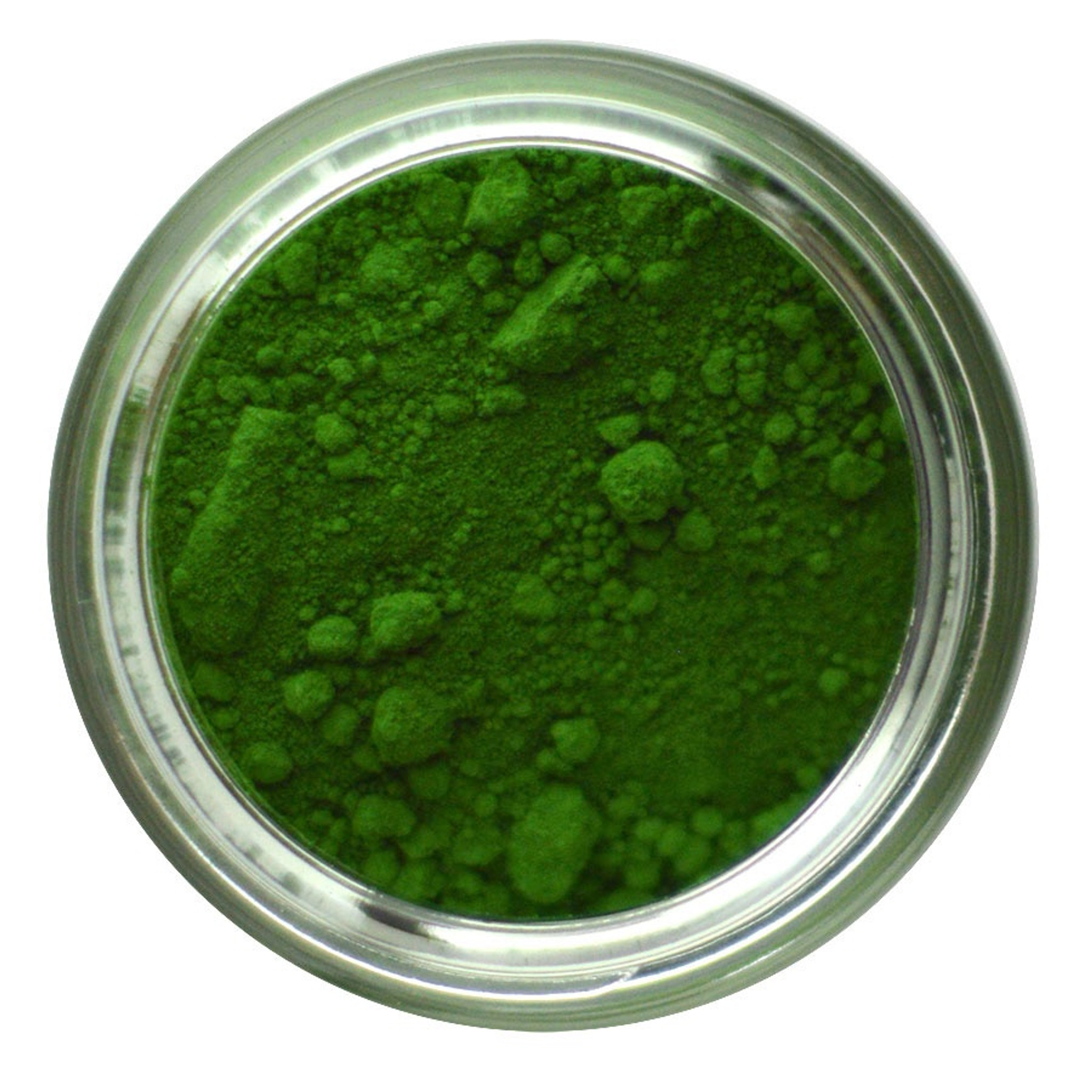
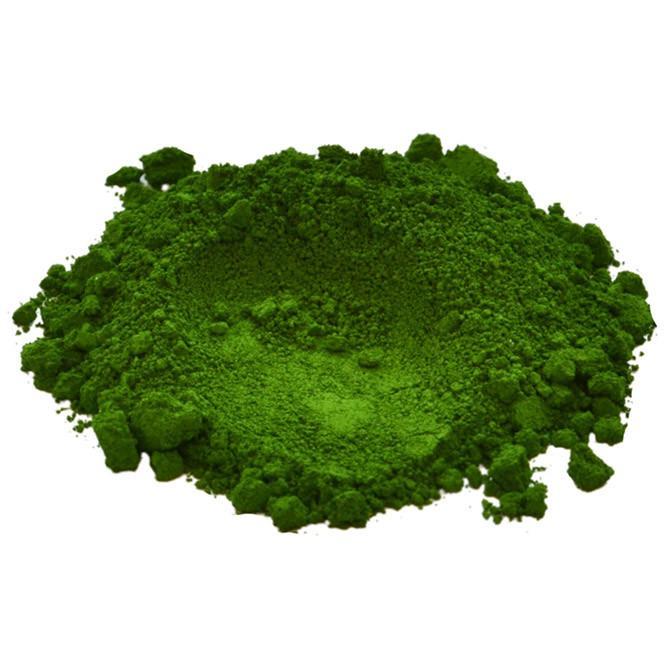
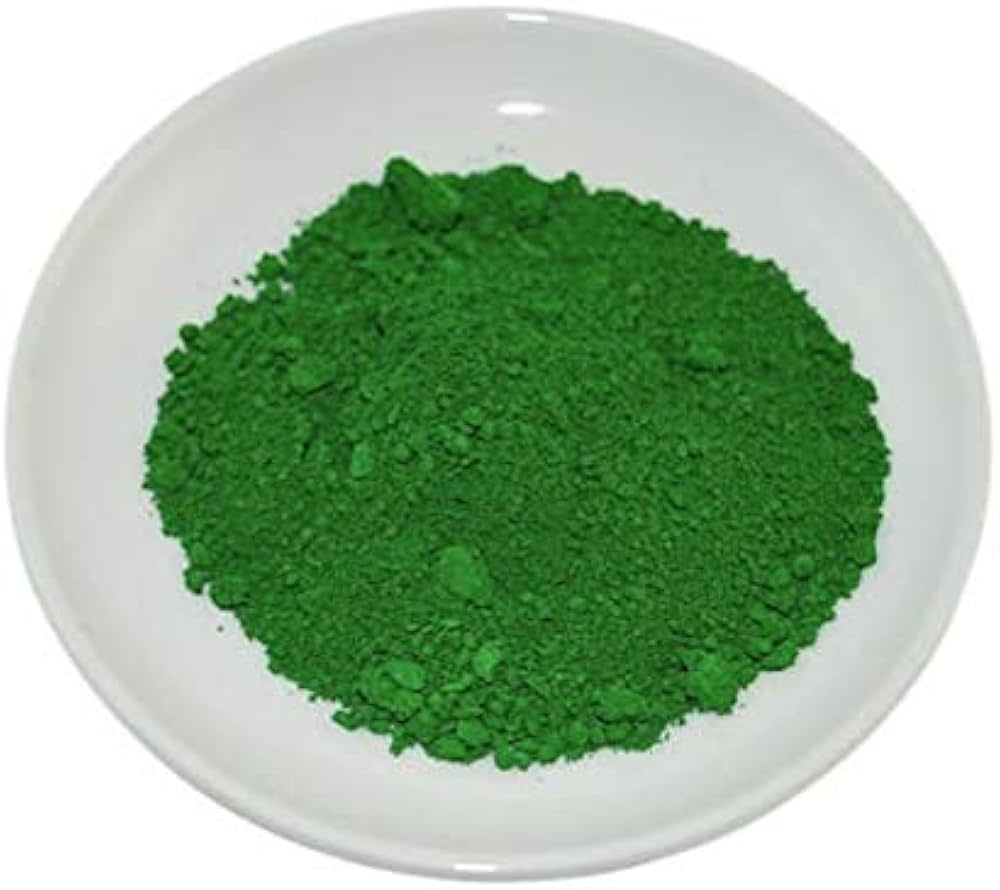
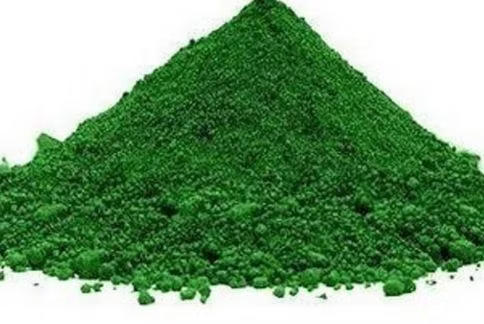


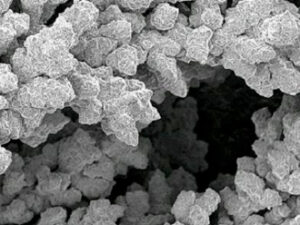

Reviews
There are no reviews yet.